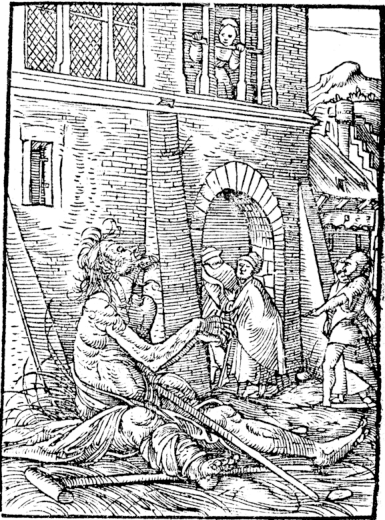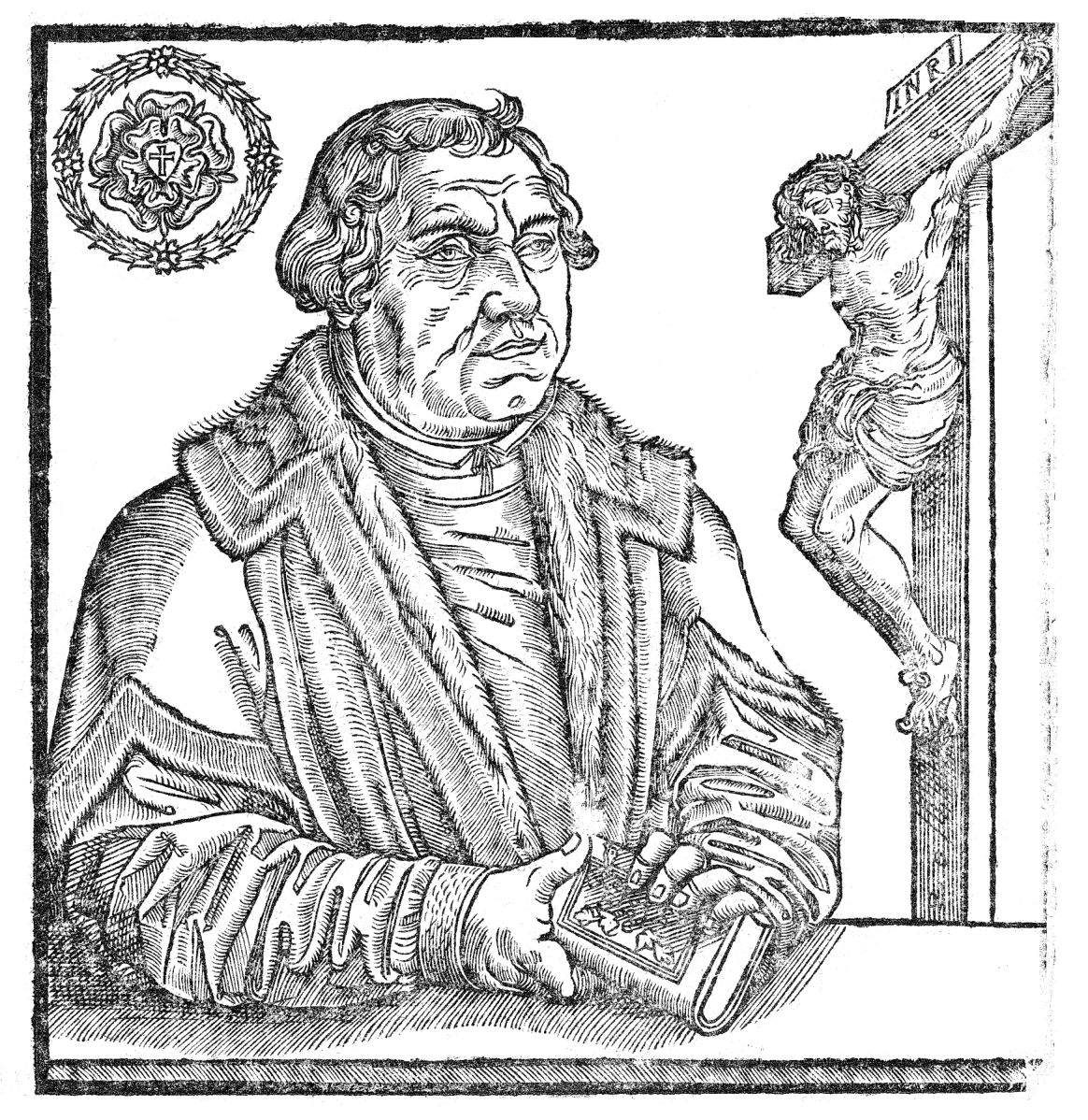Creation and Virtue
When God made the heavens and the earth, He did so in an orderly fashion. The Lord put the planets in motion; He gave the sun, the moon, and the stars for signs and for seasons (Gen. 1:14). The orderliness of the Cosmos was also found on earth—seed wasn’t scattered, but a garden was carefully planted (Gen. 2:8). This garden was not an end to itself, but was a gift to the man, who was to work it, eat of its fruit, and enjoy its beauty. Soon after, God founded His Church when He placed trees in the garden that were to be the geographic location of worship and spoke rules to the man about what he could and could not eat. On the same day that the Church was born, so also was the gift of marriage bestowed on man—it was not good that he was alone, so the Lord God formed a woman from the man’s rib. After the woman was deceived by the serpent and encouraged her husband to participate in the same rebellion against God and the Church He established, sin increased, and thus the Law increased.
In short, this is the Lutheran understanding of the Three Estates, namely the Church (ecclesia), the Family (oeconomia), and the State (politia). I add the caveat “Lutheran,” because literature about the Estates was a well-known genre by the time of the Reformation. In general, the medieval estate literature spoke of three estates, or hierarchies: those who pray, those who fight,1 and those who work. When Martin Luther speaks of the three estates, he’s using an established pattern of speaking. But Luther doesn’t limit estate to man’s stations in life; rather, he sees the orderliness of creation and its working (cosmogeny) as directly related to the way in which man is to act within creation (virtue). Thus the orders of creation did not expire with the fall into sin, nor with any of the other epochs of man. In the mind of Martin Luther, creation continues to be governed by God in three ways: through the Church, through the Family, and through the State.
Medieval Satire
Perhaps the most familiar of the “estates literature” is Geoffrey Chaucer’s The Canterbury Tales. These tales are not merely meant to entertain or to teach some sort of virtue, but are actually meant to critique so many of the persons in Chaucer’s England that bore the title parson or knight or clerk or merchant.2 Jill Mann, in her book Chaucer and Medieval Estates Satire, catalogs the different ways that medieval authors satirized the estates, and while the numbers grow (comically) beyond three, they are always firmly etched in one of three pillars: those who work, those who fight, those who pray.3 To the medieval mind, the estate was a singular hierarchy in which one existed: for instance, a priest fell into “those who prayed,” and would never belong to the working or ruling class. So too, a King could never be a bishop, nor a prince a shoemaker.5 It was as though the three estates existed as tall towers: you could ascend one tower (for instance a deacon could become a priest who could become bishop or pope) but you could never jump from one tower to the other. One’s estate was his status, and status could not be changed.
The difficulty with this system is that it is demonstrably false. Many men and women would take vows of nun or monk, even though they had been born into a working class family. It was possible for a merchant to gain favor with a prince and become landowner and, thus, a lord (one who fought). The idea of status being assigned at birth (or even before) and ordained by God was often laughed at, and thus most of the literature that dealt with estates was, in fact, satire. An example of this is David Lyndsay’s play A Pleasant Satire of the Three Estates, which was performed as early as 1550.4 In this play, the anthropomorphized three estates are constantly at odds with each other, and, in the end, it is the working class that proves to be the only sane ones in the mix.7 The satire is not, as we often understand the word, always light-hearted. Several scholars suggest that Chaucer’s Summoner and Pardoner are an image of the disordered relationship between “Church” and “State” that dominated the middle ages.5
The Three Estates, though a well-established way of speaking in the middle ages, were more often mocked than they were honored. The presence of satire, and especially satire that derides Church and State and elevates the working class, gave rise not only to Reformation re-evaluations of status and vocation, but also to more diabolical usurpations of authority such as Marxism and Communism.6
Luther and Lutheran Theology
Concerning Luther’s theology of the Three Estates, as one theologian put it, “Though Luther writes no treatise on the matter, it percolates almost ubiquitously through his writings.”7 To say it differently, Luther doesn’t feel the need to devote a single volume to the Three Estates, because he assumes it to be the way in which the Bible presents creation. In terms of the catechism, the understanding of estate belongs to the First Article of the Creed. Unlike the medieval system, the Lutheran teaching does not inform the way in which one acts within society, but instead presents a way in which the world is ordered. Again, the medieval teaching of the Three Estates is “those who work, those who pray, those who fight.” While Luther’s three estates of Household, Church, and State seem parallel, the way in which they are applied to the life of the individual is radically different.
Remember the tower model? In the medieval system one can move up or down within the Estate, but can never truly change his status; to do so would be to rebel against God. However, in the Lutheran view of the Three Estates, it is not as though one is sometimes in one and sometimes in the other, but an individual is always acting as a part of creation, and thus is participating in all three orders of creation. This doesn’t necessarily inform particular action—in Lutheran theology, such works are informed by the Decalogue and the Table of Duties.8 For Luther, there are not three towers, but rather one creation in which there is neither Jew nor Greek, slave nor free (Gal. 3:28). There are three umbrellas that are over all aspects of creation; there are three ways in which the Sovereign Lord rules, namely in the realm of the Household, in the realm of the Church, and in the realm of the State. While this may initially seem abstract, it actually frees up the Christian to understand his place in life without the burden of relativism, which was wildly prevalent in the medieval system.9
Freedom Today
The medieval system still exists today, and it is invoked not by those who want to claim power for themselves (as the Church and the State did in days of old), but is now co-opted by the working men of the world, who are commanded by their deities to “unite” in opposition to authority. Christians, following the example of Martin Luther, are freed from this invented form of oppression and subjection by understanding that all men—whether they be priests, princes, or parents—are part of the creation, and thus are subject to the laws that are given at creation and still abide in creation. Moreover, all men are subject to the One who spoke creation into existence. To be a Lutheran is to be free, and to be free means to act in accordance with the natural law and to delight in the Law of the Lord (Ps. 1:2).
1 That is, those who bear the sword, those who rule.
2 Jill Mann, Chaucer and Medieval Estates Satire: The literature of social classes and the General Prologue to The Canterbury Tales, (Cambridge: Cambridge University Press, 1973).
3 Mann, Chaucer and Medieval Estates Satire, 203-206.
4 Sir David Lyndsay of the Mont, Ane Pleasant Satyre of the Thrie Estaitis: In commendation of Vertew and Vitvperation of Vyce, Edinburgh: Robert Charteris, 1602.
5 Mann, Chaucer and Medieval Estates Satire, 146-147.
6 As an example of this, see Emmanuel-Joseph Sieyès, What is the Third Estate? (1789), available from the University of Oregon at https://pages.uoregon.edu/dluebke/301ModernEurope/Sieyes3dEstate.pdf. So too, the Manifesto of the Communist Party, by Marx and Engels uses satirical and tongue-in-cheek language to criticize the established rule of both Church and State.
7 Jonathan Mumme, “The Three Estates,” https://lutheranreformation.org/theology/the-three-estates/. May 28, 2017.
8 For more on the Orders of Creation and the role of natural Law, see Gifford Grobien, “A Lutheran Understanding of Natural Law in the Three Estates ,” Concordia Theological Quarterly, 73 (2009), 211-229. A catalog of Luther’s quotes on the Three Estates was compiled by Bryan Wolfmueller in 2016 at https://wolfmueller.co/threeestates/9 Mann, Chaucer and Medieval Estates Satire, 200.



